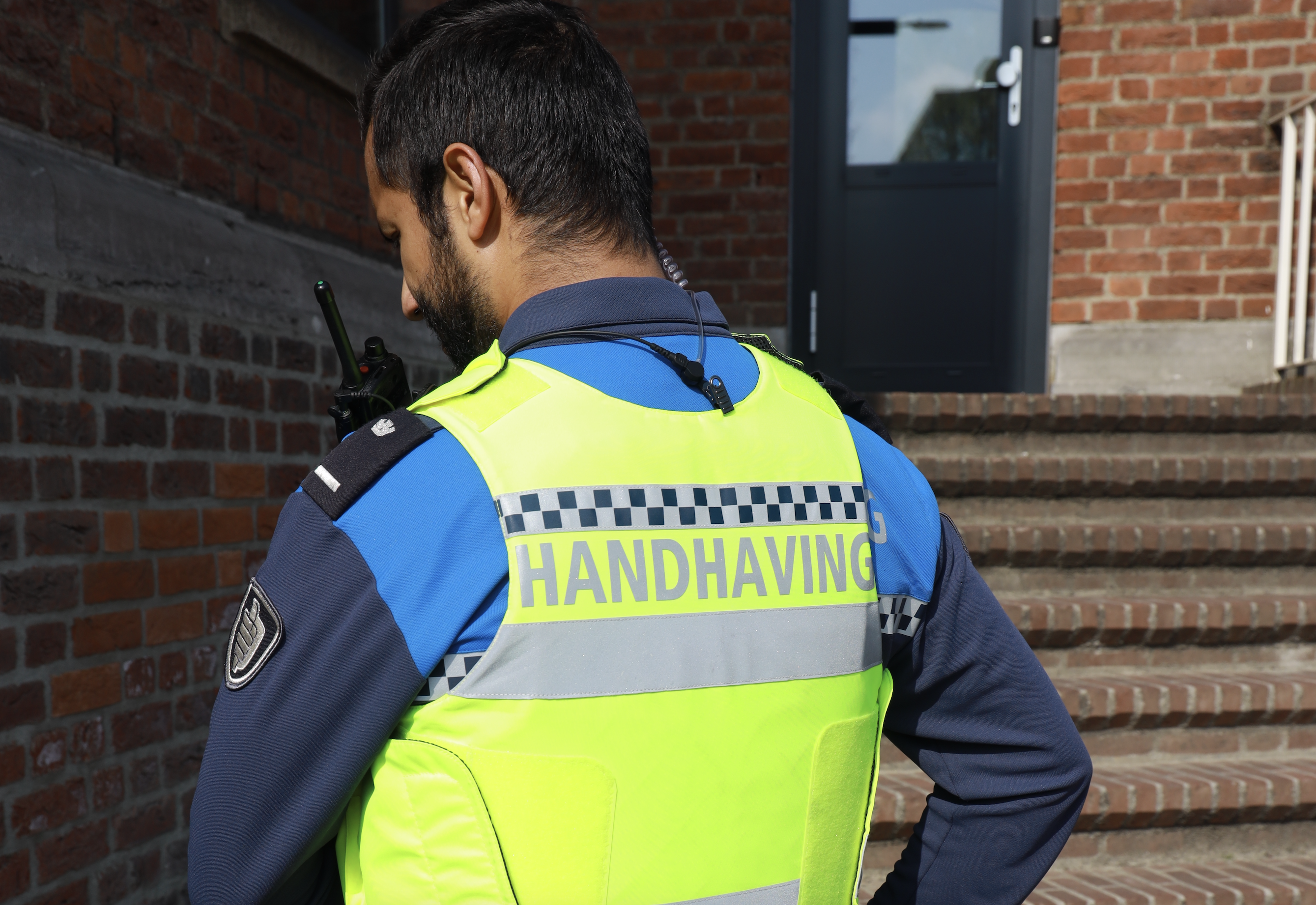On 24 April, BodyArmorNews.com attended eRIC 2024, an exposition for disaster control, incident management, and crisis management. Held at the Twente Airport of Enschede, manufacturers of the latest technologies along with their end-users including Police, BOA, Fire Service, Medics, and representatives from the Dutch Ministry of Defense were in attendance.
Conversating with safety
Professionals in Holland, We learned quite a bit about the ground reality of body armor. What kind of situations does it see? What do the end-users like and dislike?
The Dutch Police regularly wear a stab-proof vest that stops rounds from a .9 millimeter while patrolling the streets, and a hard ballistic vest that protects against .22 cal for more dangerous circumstances. In 2015, the Dutch Police wore the regular vest underneath their clothes. Speaking to the inefficacy of that system, an Emergency Responder elaborated, “It was inconvenient to change into the heavier vest when leaving for a different mission environment”. Since then, the Police has circulated a new, adaptable vest. When every second matters, the new vest has a zipper that makes it easier to drop off, and change into heavier protection.
With this advancement, women’s armor is still a greatly overlooked area in the industry. According to NL Times, as of 2019, female officers constituted 38 percent of the Dutch police force. Even though there are many inventive solutions in the market. The absence of implementation, perhaps due to the price difference, leaves women in the workforce with aching backs and a squished chest. A Handhaving personnel explained how the vest pushes down on her belt, and proposed for varying sizes to account for varying heights. A pair of female officers in the Police requested for some items on their waistbelts [handgun, taser, pepper spray, baton, handcuffs, radio] to be moved to their vest. To redistribute the weight and enhance their range of motion.
A BOA working at Amsterdam Central Station requested that weapons be given to the “eyes of the police”. Admitting the folly of distributing firearms to the Handhaving, the BOA suggested a baton. In the debate of whether Fire Fighters require body armor. A group of Brandweer personnel reached a consensus. Working in Amsterdam should be asked to wear armor. Those working outside the city preferred to “stay light”.
From the gruesome firework disaster in Enschede, a bomb in a packed train station. Safety professionals and the silent heroes of their vests have a lot to endure. Manufacturers of armor must listen to the end-users and swiftly address their concerns.








